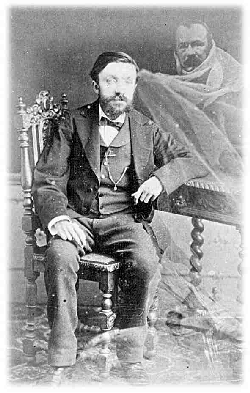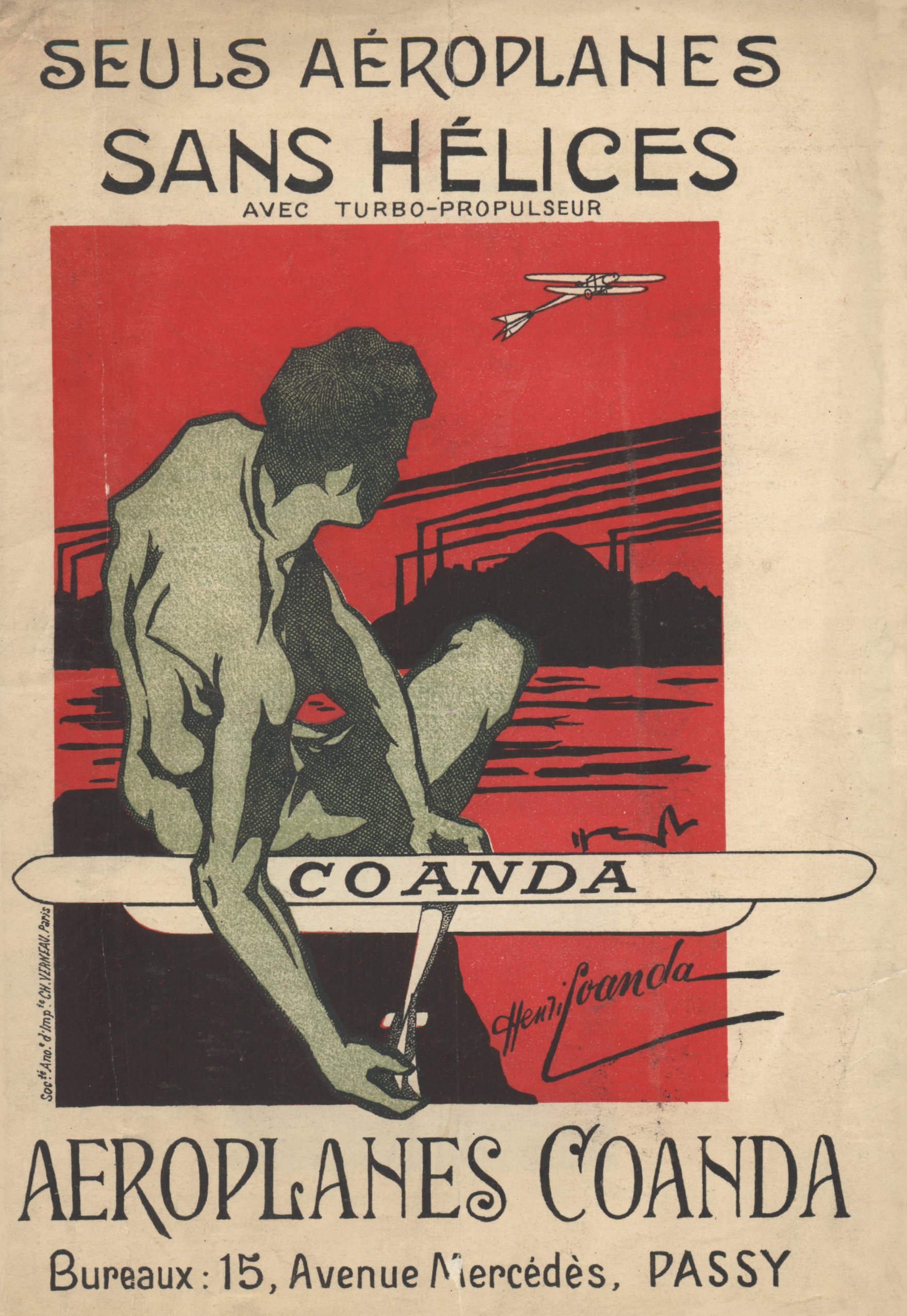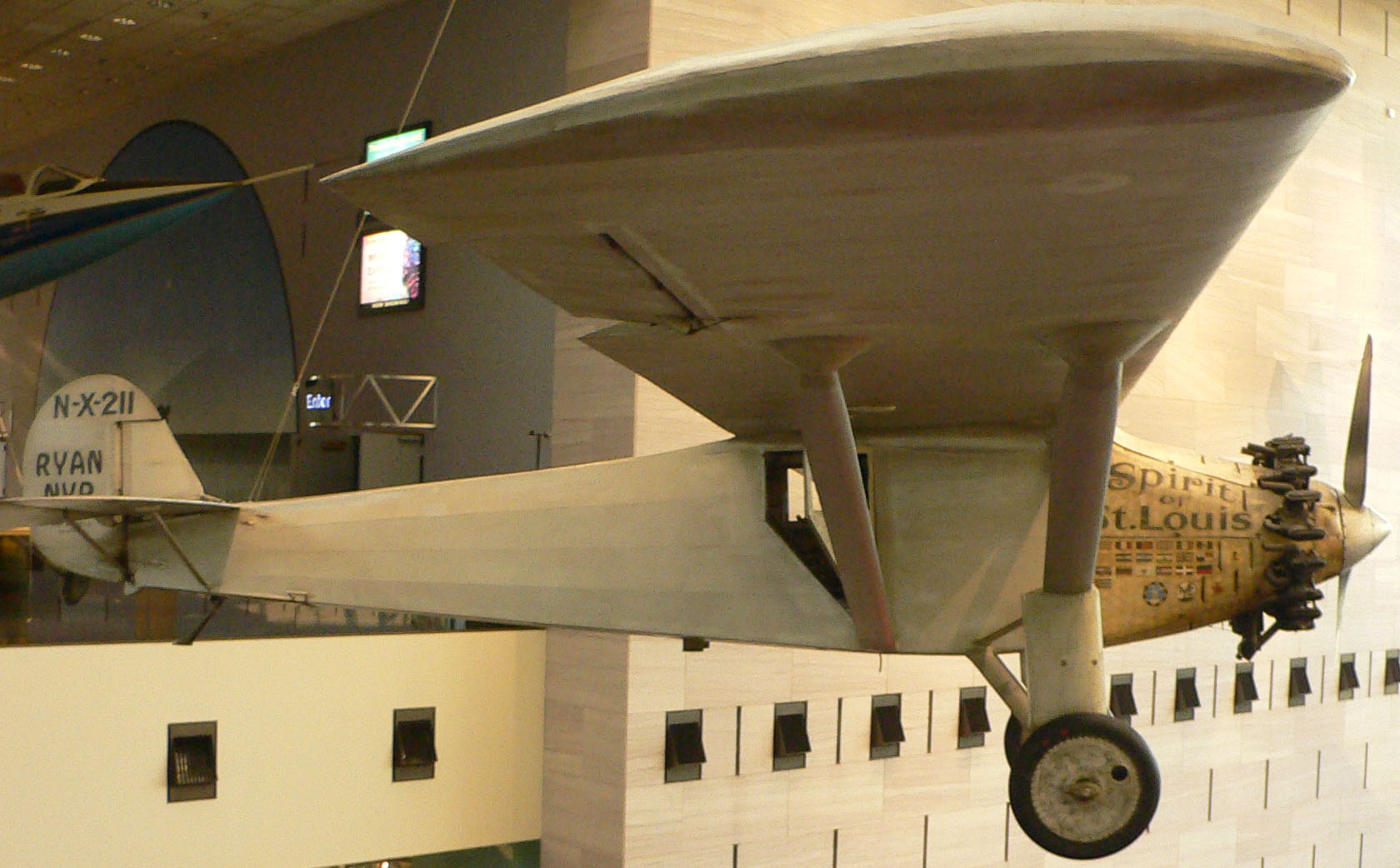|
Charles Gibbs-Smith
Charles Harvard Gibbs-Smith (22 March 1909 – 3 December 1981)Charles Gibbs-Smith, famous people from Teddington at Information Britain web site was a British historian of aeronautics and aviation. His obituary in '''' described him as "the recognised authority on the early development of flying in Europe and America" Richard P. Hallion called him "The greatest of all historians of early aviati ... [...More Info...] [...Related Items...] OR: [Wikipedia] [Google] [Baidu] |
Teddington
Teddington is an affluent suburb of London in the London Borough of Richmond upon Thames. Historically an Civil parish#ancient parishes, ancient parish in the county of Middlesex and situated close to the border with Surrey, the district became part of Greater London in 1965. In 2021, ''The Sunday Times'' named Teddington as the best place to live in London, and in 2023, the wider borough was ranked first in Rightmove's ''Happy at Home'' index, making it the "happiest place to live in Great Britain"; the first time a London borough has taken the top spot. Teddington is situated on a long meandering of the Thames between Hampton Wick and Strawberry Hill, London, Strawberry Hill, Twickenham. Mostly residential, it stretches from the river to Bushy Park with the commercial focus on the A313 road. At Teddington's centre is the High Street and Broad Street, alongside mid-rise urban developments, containing offices and apartments. There is a suspension bridge over the lowest non-tidal ... [...More Info...] [...Related Items...] OR: [Wikipedia] [Google] [Baidu] |
Second World War
World War II or the Second World War (1 September 1939 – 2 September 1945) was a World war, global conflict between two coalitions: the Allies of World War II, Allies and the Axis powers. World War II by country, Nearly all of the world's countries participated, with many nations mobilising all resources in pursuit of total war. Tanks in World War II, Tanks and Air warfare of World War II, aircraft played major roles, enabling the strategic bombing of cities and delivery of the Atomic bombings of Hiroshima and Nagasaki, first and only nuclear weapons ever used in war. World War II is the List of wars by death toll, deadliest conflict in history, causing World War II casualties, the death of 70 to 85 million people, more than half of whom were civilians. Millions died in genocides, including the Holocaust, and by massacres, starvation, and disease. After the Allied victory, Allied-occupied Germany, Germany, Allied-occupied Austria, Austria, Occupation of Japan, Japan, a ... [...More Info...] [...Related Items...] OR: [Wikipedia] [Google] [Baidu] |
Order Of The Dannebrog
The Order of the Dannebrog () is a Denmark, Danish order of chivalry instituted in 1671 by Christian V of Denmark, Christian V. Until 1808, membership in the Order was limited to fifty members of noble or royal rank, who formed a single class known as ''White Knights'' to distinguish them from the ''Blue Knights'' who were members of the Order of the Elephant. In 1808, the Order was reformed and divided into four classes. The statute of the Order was amended in 1951 by a Royal Ordinance so that both men and women could be members of the Order. Today, the Order of the Dannebrog is a means of honouring and rewarding the faithful servants of the modern Danish state for meritorious civil or military service, for a particular contribution to the arts, sciences or business life, or for working for Danish interests. Insignia The ''badge'' of the Order is a white enamelled Flag of Denmark, Dannebrog cross (i.e., a cross pattée, the lower arm being longer than the others) with a red ... [...More Info...] [...Related Items...] OR: [Wikipedia] [Google] [Baidu] |
Parapsychology
Parapsychology is the study of alleged psychic phenomena (extrasensory perception, telepathy, teleportation, precognition, clairvoyance, psychokinesis (also called telekinesis), and psychometry (paranormal), psychometry) and other paranormal claims, for example, those related to near-death experiences, synchronicity, apparitional experiences, etc. Criticized as being a pseudoscience, the majority of mainstream scientists reject it. Parapsychology has been criticised for continuing investigation despite being unable to provide reproducible evidence for the existence of any psychic phenomena after more than a century of research. Parapsychology research rarely appears in mainstream scientific journals; a few niche journals publish most papers about parapsychology. Terminology The term ''parapsychology'' was coined in 1889 by philosopher Max Dessoir as the German . It was adopted by Joseph Banks Rhine, J. B. Rhine in the 1930s as a replacement for the term ''psychical research'' ... [...More Info...] [...Related Items...] OR: [Wikipedia] [Google] [Baidu] |
Coandă-1910
The Coandă-1910, designed by Romanian inventor Henri Coandă, was an unconventional sesquiplane aircraft powered by a ducted fan. Called the "turbo-propulseur" by Coandă, its experimental engine consisted of a conventional piston engine driving a multi-bladed centrifugal blower which exhausted into a duct. The unusual aircraft attracted attention at the Second International Aeronautical Exhibition in Paris in October 1910, being the only exhibit without a propeller, but the aircraft was not displayed afterwards, and it fell from public awareness. Coandă used a similar turbo-propulseur to drive a snow sledge, but he did not develop it further for aircraft. Decades later, after the practical demonstration of motorjets and turbojets, Coandă began to tell various conflicting stories about how his early experiments were precursors to the jet, even that his turbo-propulseur was the first motorjet engine with fuel combustion in the airstream. He also claimed to have made a ... [...More Info...] [...Related Items...] OR: [Wikipedia] [Google] [Baidu] |
Henri Coandă
Henri Marie Coandă (; 7 June 1886 – 25 November 1972)''Flight'' 1973 was a Romanian inventor, aerodynamics pioneer, and builder of an experimental aircraft, the Coandă-1910, which never flew. He invented a great number of devices, designed a "flying saucer" and discovered the Coandă effect of fluid dynamics. In the 1950s, Coandă inflated his importance in aviation history, describing falsely how he had invented the air-breathing jet engine and incorporated that design into the Coandă-1910 aircraft. However, his ducted engine design, the "turbo-propulseur", was described in its patent as working the same way with either water or air running through. Life Early life Born in Bucharest, Coandă was the second child of a large family. His father was General Constantin Coandă, a mathematics professor at the National School of Bridges and Roads. His mother, Aida Danet, was the daughter of French physician Gustave Danet, and was born in Brittany. Coandă recalled later in ... [...More Info...] [...Related Items...] OR: [Wikipedia] [Google] [Baidu] |
Science Museum, London
The Science Museum is a major museum on Exhibition Road in South Kensington, London. It was founded in 1857 and is one of the city's major tourist attractions, attracting 3.3 million visitors annually in 2019. Like other publicly funded national museums in the United Kingdom, the Science Museum does not charge visitors for admission, although visitors are requested to make a donation if they are able. Temporary exhibitions may incur an admission fee. It is one of the five museums in the Science Museum Group. Founding and history The museum was founded in 1857 under Bennet Woodcroft from the collection of the Royal Society of Arts and surplus items from the Great Exhibition as part of the South Kensington Museum, together with what is now the Victoria and Albert Museum. It included a collection of machinery which became the ''Museum of Patents'' in 1858, and the ''Patent Office Museum'' in 1863. This collection contained many of the most famous exhibits of what is now th ... [...More Info...] [...Related Items...] OR: [Wikipedia] [Google] [Baidu] |
Clément Ader
Clément Ader (; 2 April 1841 – 3 May 1925) was a French inventor and engineer who was born near Toulouse in Muret, Haute-Garonne, and died in Toulouse. He is remembered primarily for his pioneering work in aviation. In 1870 he was also one of the pioneers in the sport of cycling in France. Electrical and mechanical inventions Ader was an innovator in electrical and mechanical engineering. He originally studied electrical engineering, and in 1878 improved on the telephone invented by Alexander Graham Bell. After this he established the telephone network in Paris in 1880. In 1881, he invented the théâtrophone, a system of telephonic transmission where listeners received a separate channel for each ear, enabling stereophonic perception of the actors on a set; it was this invention which gave the first stereo transmission of opera performances, over a distance of 2 miles (3 km) in 1881. In 1903, he devised a V8 engine for the Paris–Madrid race, but although three or ... [...More Info...] [...Related Items...] OR: [Wikipedia] [Google] [Baidu] |
National Air And Space Museum
The National Air and Space Museum (NASM) of the Smithsonian Institution is a museum in Washington, D.C., in the United States, dedicated to history of aviation, human flight and space exploration. Established in 1946 as the National Air Museum, its main building opened on the National Mall near L'Enfant Plaza in 1976. In 2023, the museum welcomed 3.1 million visitors, making it the list of most-visited museums in the United States, fourth-most visited museum in the United States and List of most-visited museums, eleventh-most in the world. The museum is a center for research into the history and science of aviation and spaceflight, as well as planetary science and terrestrial geology and geophysics. Almost all of its spacecraft and aircraft on display are original primary or backup craft (rather than facsimiles). Its collection includes the Apollo 11 Command module Columbia, Command Module ''Columbia'', the Mercury-Atlas 6, ''Friendship 7'' capsule which was flown by John Glenn, ... [...More Info...] [...Related Items...] OR: [Wikipedia] [Google] [Baidu] |
Charles A
Charles is a masculine given name predominantly found in English and French speaking countries. It is from the French form ''Charles'' of the Proto-Germanic name (in runic alphabet) or ''*karilaz'' (in Latin alphabet), whose meaning was "free man". The Old English descendant of this word was '' Ċearl'' or ''Ċeorl'', as the name of King Cearl of Mercia, that disappeared after the Norman conquest of England. The name was notably borne by Charlemagne (Charles the Great), and was at the time Latinized as ''Karolus'' (as in ''Vita Karoli Magni''), later also as '' Carolus''. Etymology The name's etymology is a Common Germanic noun ''*karilaz'' meaning "free man", which survives in English as churl (James (wikt:Appendix:Proto-Indo-European/ǵerh₂-">ĝer-, where the ĝ is a palatal consonant, meaning "to rub; to be old; grain." An old man has been worn away and is now grey with age. In some Slavic languages, the name ''Drago (given name), Drago'' (and variants: ''Drago ... [...More Info...] [...Related Items...] OR: [Wikipedia] [Google] [Baidu] |
Science Museum (London)
The Science Museum is a major museum on Exhibition Road in South Kensington, London. It was founded in 1857 and is one of the city's major tourist attractions, attracting 3.3 million visitors annually in 2019. Like other publicly funded national museums in the United Kingdom, the Science Museum does not charge visitors for admission, although visitors are requested to make a donation if they are able. Temporary exhibitions may incur an admission fee. It is one of the five museums in the Science Museum Group. Founding and history The museum was founded in 1857 under Bennet Woodcroft from the collection of the Royal Society of Arts and surplus items from the Great Exhibition as part of the South Kensington Museum, together with what is now the Victoria and Albert Museum. It included a collection of machinery which became the ''Museum of Patents'' in 1858, and the ''Patent Office Museum'' in 1863. This collection contained many of the most famous exhibits of what is now th ... [...More Info...] [...Related Items...] OR: [Wikipedia] [Google] [Baidu] |
The Great Exhibition
The Great Exhibition of the Works of Industry of All Nations, also known as the Great Exhibition or the Crystal Palace Exhibition (in reference to the temporary structure in which it was held), was an international exhibition that took place in Hyde Park, London, from 1 May to 15 October 1851. It was the first in a series of world's fairs, exhibitions of culture and industry that became popular in the 19th century. The event was organised by Henry Cole and Prince Albert, husband of Victoria, Queen of the United Kingdom. Famous people of the time attended the Great Exhibition, including Charles Darwin, Karl Marx, Michael Faraday (who assisted with the planning and judging of exhibits), Samuel Colt, members of the Orléanist royal family and the writers Charlotte Brontë, Charles Dickens, Lewis Carroll, George Eliot, Alfred Tennyson, and William Makepeace Thackeray. The future Arts and Crafts proponent William Morris, then a teenager, later said he refused to att ... [...More Info...] [...Related Items...] OR: [Wikipedia] [Google] [Baidu] |









